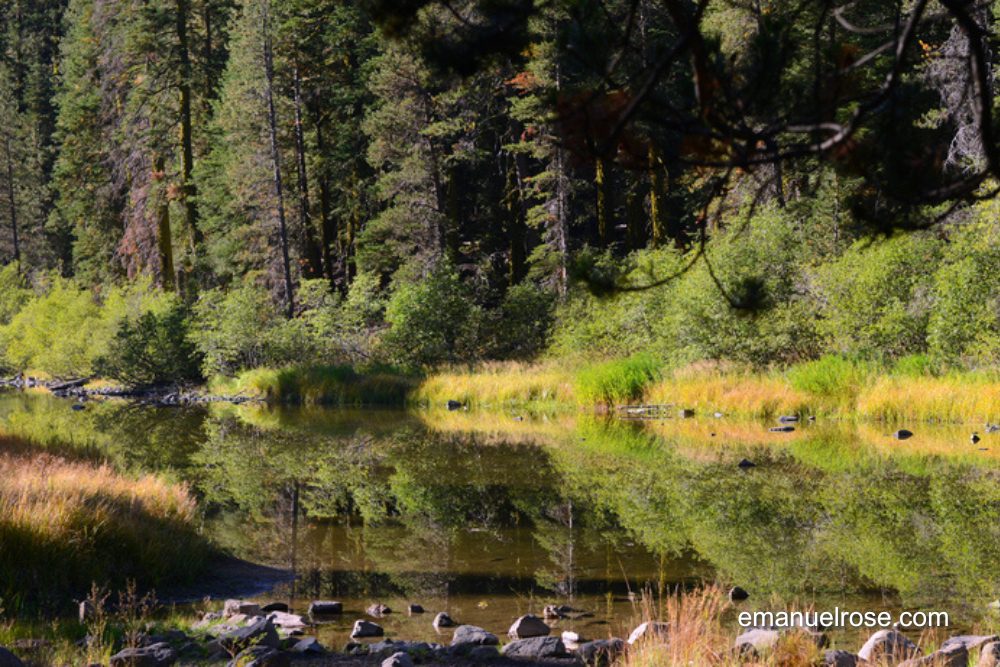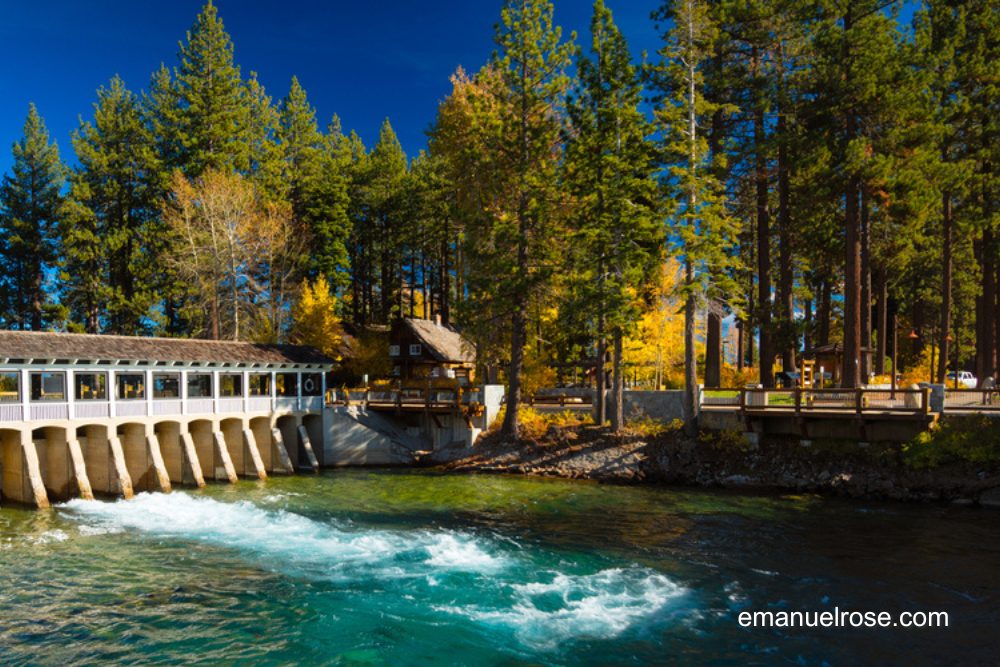The Truckee River: A Brief Overview
The Truckee River originates from the crystal-clear waters of Lake Tahoe and meanders through the town of Truckee before making its way down to Reno. It continues encountering several dams, including the Derby Dam and two within the reservation areas, known as the Numana and Marble Bluff dams. Although considered a freestone river—which typically suggests a lack of regulation by dams—the Truckee River is, in fact, impacted by multiple dams that help regulate its flow.
The California side of the Truckee River showcases some notable tributaries such as the Little Truckee River, Trout Creek, and Prosser Creek. These tributaries contribute water and essential silt, especially following significant natural events like forest fires.
What Makes the Truckee Unique?

The Truckee River offers a unique fly fishing experience due to its challenging conditions, diverse aquatic life, and stunning natural beauty. One of the main aspects that sets this river apart is the fluctuation in water temperature, which plays a significant role in the river’s ecosystem. The temperature tends to be colder immediately after runoff, maintaining an ideal range between 55 to 58 degrees for trout.
Hatch Activity and Fly Selection

Techniques for Success
Success on the Truckee River often requires versatility in fly fishing techniques. Anglers must be prepared to switch between various methods such as indicator nymphing, dry droppers, tight line nymphing, and swinging flies:
- Indicator Nymphing: This method, though not the favorite of many, involves using an indicator to detect bites from trout feeding near the riverbed.
- Dry Droppers: A favorite among many guides, this method uses a dry fly with a nymph suspended below. It’s particularly effective on the Truckee as it targets fish feeding at varying depths.
- Dry Fly Fishing: Though less common on the Truckee, when conditions permit, casting a single dry fly to rising fish offers the classic fly fishing experience.
- Tight-line nymphing: Also known as European nymphing, this method effectively gets flies to the bottom quickly and is particularly useful in fast-flowing waters.
- Swinging Flies: This technique involves casting a fly across and downstream, allowing it to “swing” across the current, and is a favorite for its potential to entice aggressive strikes from trout.
Seasonal Tips

Fishing the Truckee River can vary greatly depending on the time of year:
- Spring: March and April bring the first major bug hatch with the Squalla Stoneflies. As the temperatures rise, the Beta Mayflies and midges become more active.
- Summer: June is arguably the best month due to the active bug life and cold water temperatures. However, by August, higher water temperatures and increased human activity can make fishing more challenging.
- Fall: Early to mid-September sees a resurgence in activity as water temperatures drop and crowds thin out, making it another prime time for fishing.
- Winter: The off-season can still offer great opportunities, particularly for larger fish, but expect colder conditions and fewer insect hatches.
Memories and Highlights
Some memorable experiences from guided fly fishing trips include clients landing significant catches, such as a rewarding 25-fish day or landing a 25-inch rainbow trout using a fly known as the rusty jig. These moments highlight the joys and challenges of fishing on the Truckee.
Preparing for a Trip
First-time fly fishers are encouraged to do some preparatory work before hitting the Truckee. This includes basic instruction on casting and understanding the river’s ecology. Getting familiar with the gear, terminology, and techniques can enhance the overall experience.
Conclusion
Fly fishing on the Truckee River is a testament to the harmonious blend of nature, skill, and patience. The river offers a diverse and dynamic environment for both novice and experienced anglers. Whether you’re interested in the solitude of wading through crystal-clear waters or the thrill of landing a big catch, the Truckee River has something for everyone.
Thank you for reading this detailed guide on fly fishing the Truckee River. Special thanks to Jay Clark for his contributions to this post, sharing his deep knowledge and passion for this incredible sport.

